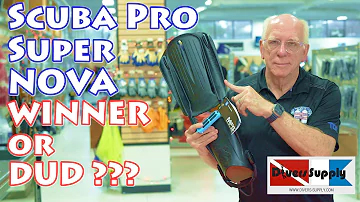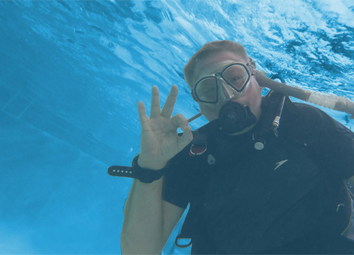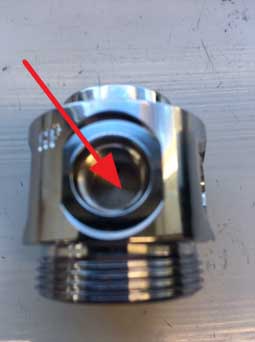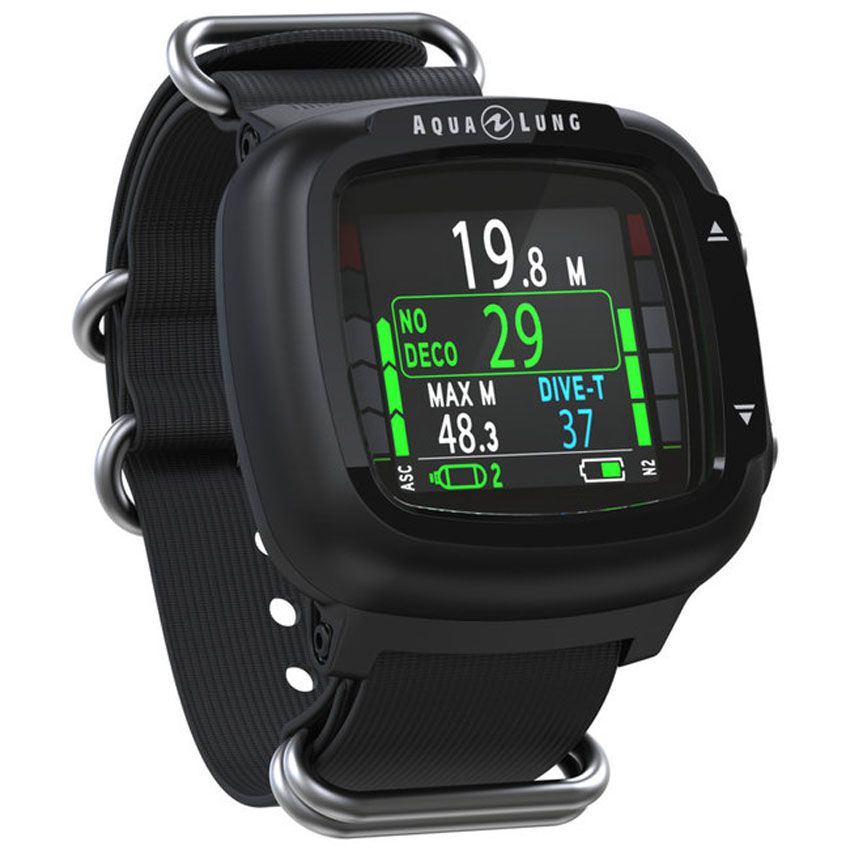We use cookies to enhance your experience on our website. By clicking “I Agree,” you consent to our use of cookies in accordance with our Privacy Policy. If you choose not to allow cookies on our website, some of the website’s functions may not be available to you. Learn more.
Scuba Regulator Guide
Before investing in a regulator you should be familar with it's parts Todays scuba regulators are far beyond what we've had in years past. Knowing the features and capibilities of each part will ensure you get the most for your hard earned dollars.
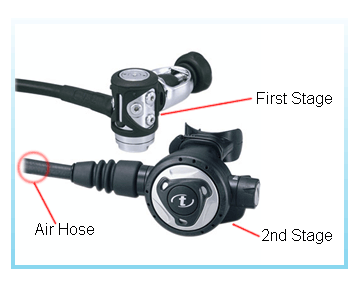
The base scuba regulator is made up of a 1st stage and a 2nd stage. Other parts (see below) are added to make a complete air delivery stsyem. It's purpose is reduce the tank's high pressure air to the ambient pressure around the diver so they can breath at any depth.
The first stage of the regulator is the part that attaches to the scuba tank.It takes the high tank pressure air (3000 PSI and above) and drops that pressure to a more manageable pressure called an “Intermediate pressure” that moves to the 2nd stage. First stage can be connected to the scuba tanks with either Din or Yoke connections.
- DIN connections are safer than those using yoke as they screw into the tank valve and trap the high pressure o-ring so it cannot protrude. They are popular in the Tech diving community and over-seas.
- Yoke fittings are more commonly used in recreational diving and are almost always seen on the standard 80L aluminum tanks favored by dive operations around the world.
Unless you plan to take up technical diving or prefer the DIN attachment, select the yoke fitting for ease of compatibility when you travel to dive at new locations with your gear.
A Low Pressure hose connects the 1st to the 2nd stage.The second stage or the part that goes in your mouth, takes the intermediate pressure and matches the pressure of the surrounding water so you can inhale and equalize.
1st Stage Features:
Balanced versus Unbalanced
In simple terms, a balanced regulator breathes much the same at all tank pressures.
- An unbalanced reg will start to breath more stiffly as the tank pressure drops, especially as the pressure nears the intermediate pressure level of the first stage.
- A balanced 1st will cost a bit more, but will breathe more evenly over the course of a dive.
- An unbalanced reg should be a little cheaper, but will start to pull harder towards the end of the tank. Some divers like the fact that the reg is, in effect, telling you you’re running low on air.
Either way, check your air pressure often.
Piston vs Diaphragm
This refers to how the first stage (attached to the tank) reduces tank pressure (upwards of 3000psi) to an intermediate pressure (125-150psi), so the second stage (the part that’s in your mouth) can reduce the air to ambient (surrounding) pressure. Both types perform more or less the same, both are excellent choices and are very reliable for recreational diving. The only difference between the two is:
- Piston regulators are basic and simple with less moving parts and have a slight performance edge at depths.
- Diaphragm regulators are a little more resistant to cold and water with particles like silt, sand or salt as the internal parts aren’t directly exposed to the water like in the piston type.
The differences are negligible in both types and usually aren’t really a serious consideration when choosing a recreational diving regulator.
Ports -
Check out the number of high-pressure and low-pressure ports on the first stage and make sure there’s enough for your needs.
- All regs have at least one high-pressure port (for your pressure gauge) and many have two, allowing you to run an extra pressure gauge or air-integrated computer.
- Low-pressure ports accommodate regulators, octopuses, BC inflator hoses, drysuit inflator hoses, etc.
It’s no sin to have more, but it’s no fun not to have enough.
2nd Stage Features
- Adjustable Second Stages - The more desireable regulators come with a knob that can easily adjust the inhalation (cracking) pressure, and/or a separate lever to adjust the flow of the air once it’s started. You’ll pay a little more for these features but they’ll allow you to adjust the reg to meet your diving conditions, as well as being able to "tighten down" the reg if it starts a slight free-flow.
- Pnematically Balanced Second Stages- A balanced second stage will cost a bit more but has a more natural breathing effort.
Warranty and Service
Check the service requirements.
- Some manufacturers cover the parts for the first two years.
- Some have a "limited lifetime warranty" which stays in effect as long as you meet the service intervals.
Regardless of which you have, the consumer usually pays for the labor. It’s your responsibility to make sure the reg gets the proper service within the specified time frame.
THE #1 Rule in buying a regulator is how it breathes and the features above can make or break your investment.







